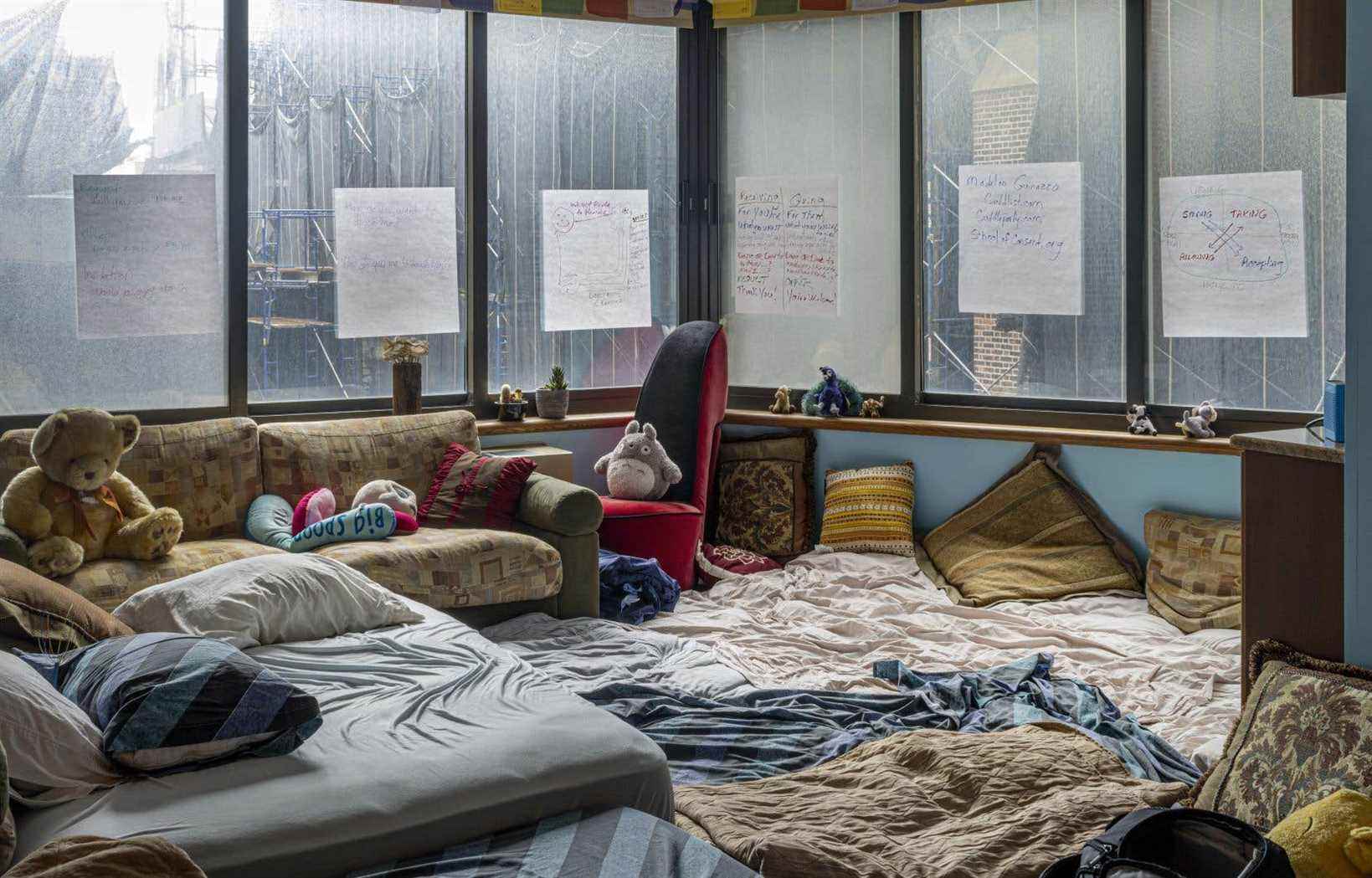In the history of human adventure, there are sometimes times when people have the feeling that the world is changing, that there are, not simple drafts, but gusts or even storms. hurricanes that blow through our ways of living and thinking. In these moments, we realize better the fragility of the ideological structures that have built our lives and our deepest certainties. Are we living in such an era?
In any case, this is the point of view adopted by the Canadian Center for Architecture (CCA) in an exhibition entitled A portion of the present. The title already expresses a very topical concern, that which reality cannot fully comprehend. The present would thus be embodied in fragmentation, in irreconcilable social, intellectual or political visions. The real world would exceed our understanding, rational explanations would no longer suffice in this XXIe century almost as delusional and disturbing as the post-World War I years.
And what can architecture, town planning and even design bring as responses to these upheavals, large and small?
For example, what impact will the phenomenon of homeless citizens living in their cars have on our societies? How to respond to this housing crisis which is not hitting only Quebec, but several Western countries? Is remote working here for good? How will architects continue to reflect on common open-plan workspaces, without strengthening environments that allow employees to be controlled? How to revisit the approach to care for the elderly in an era which seems to have abandoned them, parked in inhuman living conditions? Will our private spaces be transformed by current, divorced, gay families, by multi-parenthood and even by polyamorous individuals?
The CCA has divided its reading of these transformations into six relevant themes: family, property, agency (the awareness of being the actor in our lives), work, obsessions and life cycles. And the exhibition starts off in a bit of an idealistic, almost utopian way.
You will see the experience developed in Alberta by Kent Kirkland and Monica McGrath, a divorced couple who did not want their children to have to move from one house to another at the option of parental care. They built a duplex where the children’s room gives access to two apartments with two doors that can be locked depending on the week. It also deals with apartments with shared spaces for work or other activities, intergenerational housing where natural caregivers and their families share their time and financial means in order to offer quality services to their loved ones. elderly or disabled. It also deals with cuddly evenings, the possibility for the elderly to share their apartment with young citizens thanks to the Nesterly application …
The transformation of the officially nuclear family is also represented by the Way home self-insemination kit, which looks more like a sex toy than an inseminating syringe. In the near future, this kit will allow women to give birth, among other things, outside heteronormative relationships. The exhibition also addresses the zero waste movement, reusable straws …
So everything would seem to smile on the horizon of inventiveness in this world having to reinvent itself? Not so fast. As the CCA knows the secret, this exhibition will make you experience a range of very diverse intellectual emotions. We will go from an exciting zone full of hope to more protesting, and even worrying, sections.
This exhibition addresses, for example, the question of protest movements. You will hear about #BoycottAmazon, yellow vests, the establishment of tents in the urban landscape among others during the Occupy movement … We will also talk about the fact that working at home can fuel the precariousness of jobs with a proliferation mediocre freelancing and salaries. And we pass.
Despite the fact that this exhibition revisits some innovations and positions already well known, it will prove to be fascinating, recalling the brilliant presentation Actions. How to appropriate the city edited by curators Mirko Zardini and Giovanna Borasi in 2008-2009.
We will explore this dense exhibition by reflecting on the nature of these social transformations. Neither the internal logic of technology nor even that of the desires of ordinary citizens totally determine the extent of the changes in the making. Social metamorphoses are ultimately always ideological, political, economic.
Is the world simply accentuating its mutation towards an even greater instrumentalization of individuals through money and power? Or are we rather witnessing a veritable revolution in patterns of life diversifying in order to shatter standards for good? Unfortunately, it is a safe bet that the power and the dominant ideologies will reinstate constraining models against which neither architecture, nor urbanism, nor design or technology will be able to do anything, unless there is a real transformation. legal and political.
